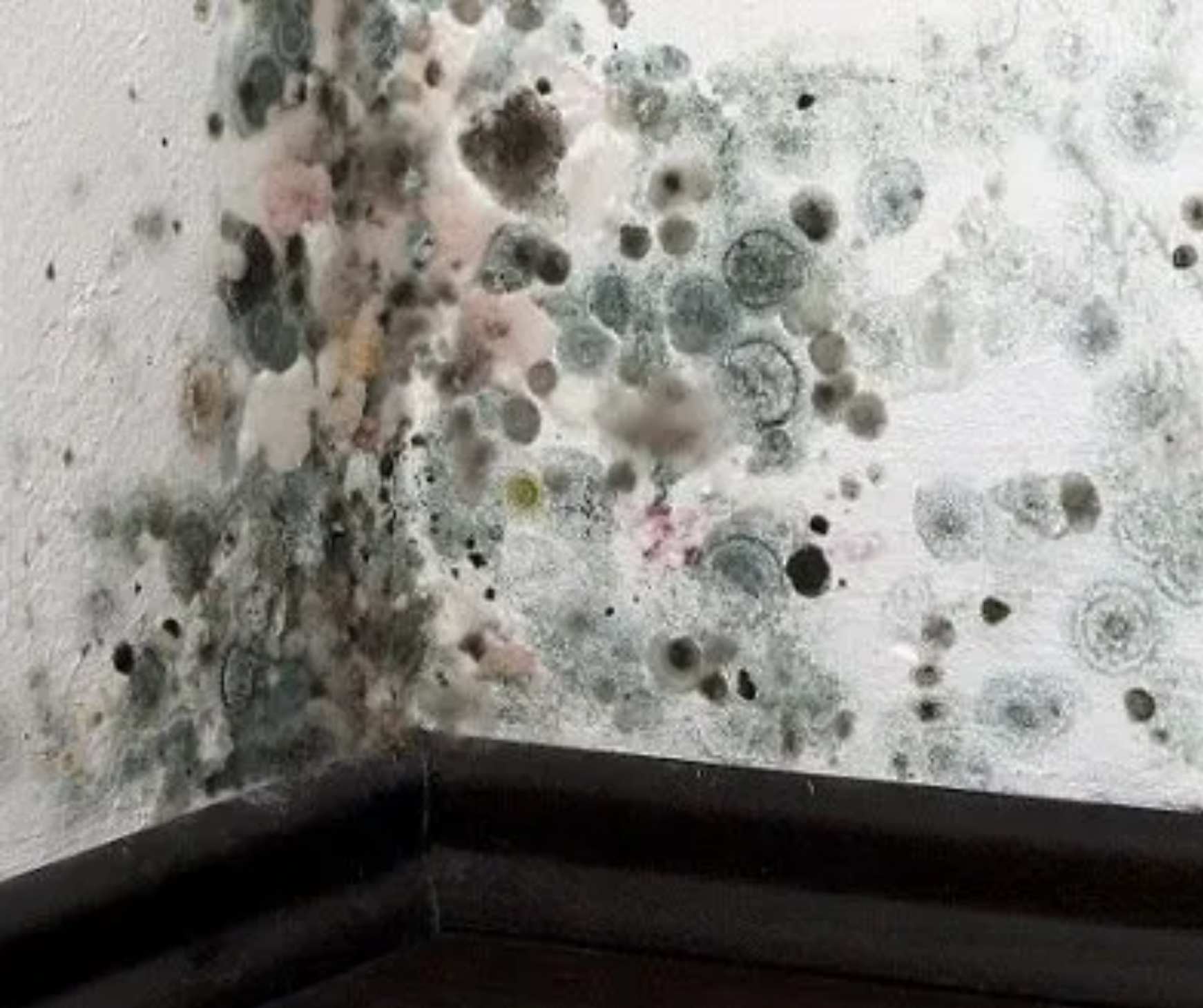What is Black Mold?

The proper term for black mold is
Stachybotrys,
which is a species of mold that cultivates when there is a high moisture content for a very long time.
The most common misconception about black mold is that the name leads people to believe that it is actually black in color when mold really comes in different colors. Color does NOT differentiate mold type. You should be concerned anytime there is a discoloration.
What is the health risk involved with mold?
The most common question we get is how dangerous is mold? Everyone has different
sensitivity level and everyones body reacts differently. What doesn’t bother one person
may bother another. Summit recently had a mold client where the wife and two kids
experienced terrible respiratory issues while the husband was completely fine.
Some health symptoms people experience from exposure to mold include:
● Persistent coughing
● Frequent headaches
● Frequent chest colds.
● Respiratory issues
● Allergic reactions
● Inflammation of the sinuses
What materials does mold grow on?
Generally, mold grows only on organic materials like wood, paper, or non plastic materials.
However, if you do have the right environment for mold it can be present on non-organic
materials such as glass and vinyls. Drywall is the most common material we see it on.
What can you do to prevent mold?
First and foremost you must take care of any moisture problems. During winter and
leading into spring is a likely time for mold to cultivate as everyone has their houses locked
up and there is not good airflow. When you have a high moisture build up coming in your
house with zero air movement, you are essentially creating a great environment for mold
to start growing.
As you are doing your cleanings, take a look. Is there mildew growing inside your window?
Move furniture away from the wall. Think about how mold grows. Are you creating an
environment that is conducive for growth?
When should you bring in a mold professional?
As mold specialists, we always recommend getting a professional to inspect possible mold because
what you see may not be the entirety of the problem. You may see a small spot on the surface, but behind it it could be much larger and be what we call the “iceberg effect.” We always recommend getting mold checked out by a professional to prevent a much larger problem. Proper mold removal is important to ensure the mold doesn’t return and you won’t have mold and mildew issues in the future.
